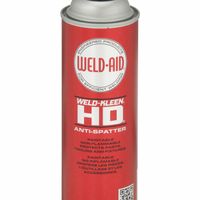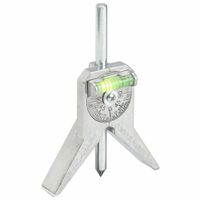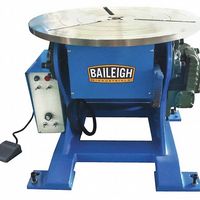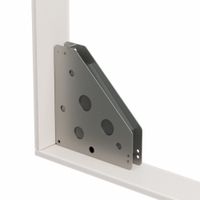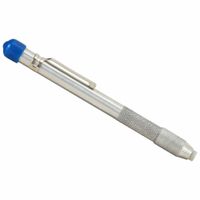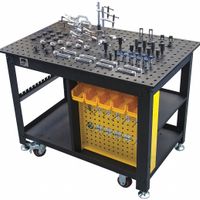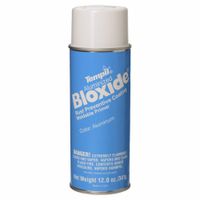Marking and preparation tools are essential in enhancing weld quality by ensuring precision, consistency, and efficiency in the welding process. Accurate marking tools, such as chalk, markers, or laser guides, help in delineating exact weld paths and joint locations, reducing errors and misalignments. This precision ensures that welds are placed correctly, minimizing the risk of defects and rework.
Preparation tools, including grinders, cutters, and beveling machines, play a crucial role in preparing the metal surfaces for welding. Proper surface preparation is vital for achieving strong welds. These tools remove contaminants like rust, paint, and oil, which can lead to poor weld penetration and weak joints. By ensuring clean and smooth surfaces, preparation tools enhance the weld's structural integrity and appearance.
Moreover, beveling tools create the appropriate edge geometry, which is critical for achieving full penetration and strong welds, especially in thicker materials. The correct bevel angle and root face ensure optimal weld pool formation and fusion between the base metals.
Consistent use of these tools also contributes to improved safety and efficiency. By reducing the likelihood of defects and rework, they help in maintaining a steady workflow, saving time and resources. Additionally, they enable welders to work more safely by minimizing the need for corrective measures that can introduce hazards.
In summary, marking and preparation tools are indispensable in the welding process, as they ensure precision, enhance surface conditions, and contribute to the overall quality and strength of the welds. Their use leads to fewer defects, improved safety, and greater efficiency, ultimately resulting in superior weld quality.
